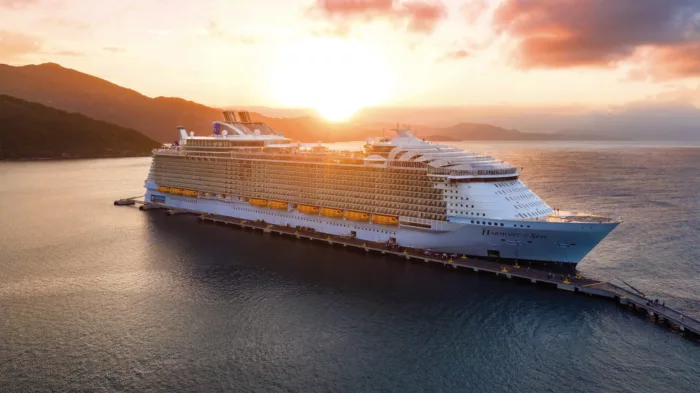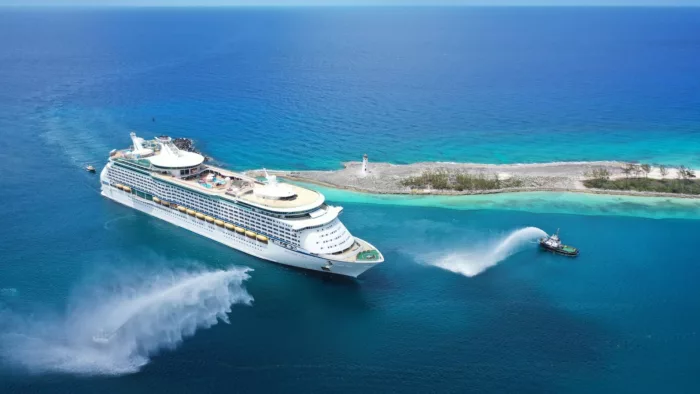
Royal Caribbean International
North American cruise line Royal Caribbean International has an impressive history and global reputation.
The cruise line is famed for its fleet of mega-ships, which consist of Utopia of the Seas, Wonder of the Seas, Harmony of the Seas and more.
Each ship is full to the brim of thrills and entertainment, with the cruise line continuing to innovate.
7029
Passengers
2175
Crew
2016
Launched
2021
Last refit
226963t
Tonnage
362m
Length
47m
Width
22kts
Speed
16
Decks
USD
Currency
Cruise Itinerary
Day 1
Galveston, Texas, United States
Days 2 - 3
At Sea
Relax and make the most of the myriad of facilities available on board the ship, from fantastic entertainment to delicious and diverse dining options.
Day 4
Nassau, Bahamas
Days 5 - 12
At Sea
Relax and make the most of the myriad of facilities available on board the ship, from fantastic entertainment to delicious and diverse dining options.
Day 13
Cádiz, Spain
Day 14
Málaga, Spain
Day 15
Cartagena, Spain
Day 16
Alicante, Spain
Day 17
Barcelona, Spain

Day 1
Galveston, Texas, United States

Days 2 - 3
At Sea

Day 4
Nassau, Bahamas

Days 5 - 12
At Sea

Day 13
Cádiz, Spain

Day 14
Málaga, Spain

Day 15
Cartagena, Spain

Day 16
Alicante, Spain

Day 17
Barcelona, Spain
Ship Details


Royal Caribbean International
Harmony of the Seas
What do you get when you combine one of the biggest ships in the world with some of the boldest thrills at sea? A gravity defying, status-quo denying, electrifying expedition onboard Harmony of the Seas® that will set a new standard for family holidays.
Cabins
All Prices










